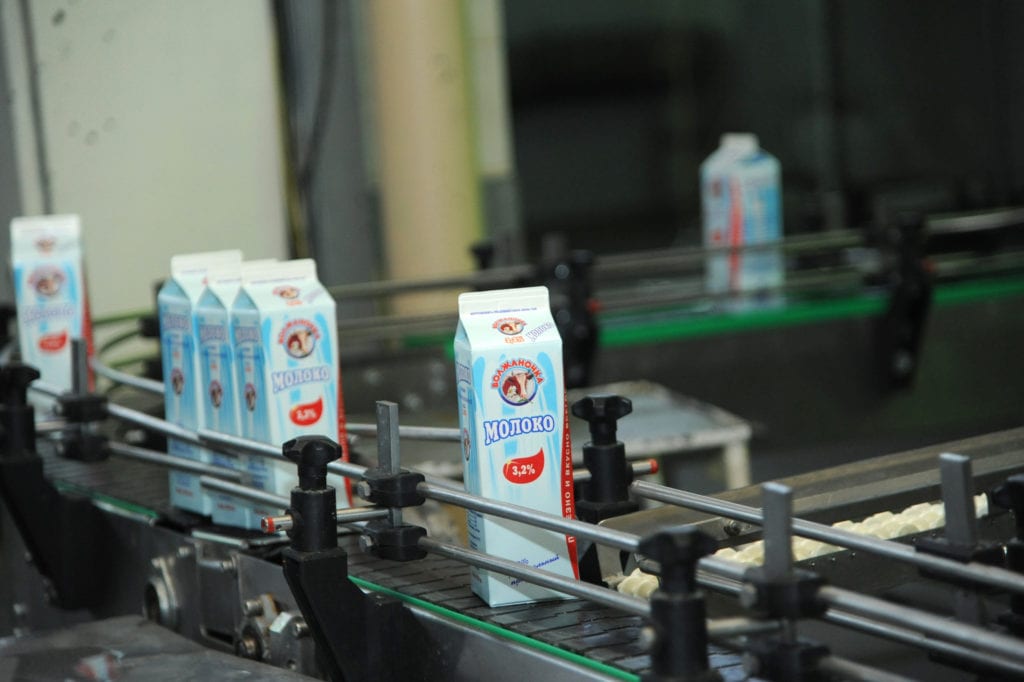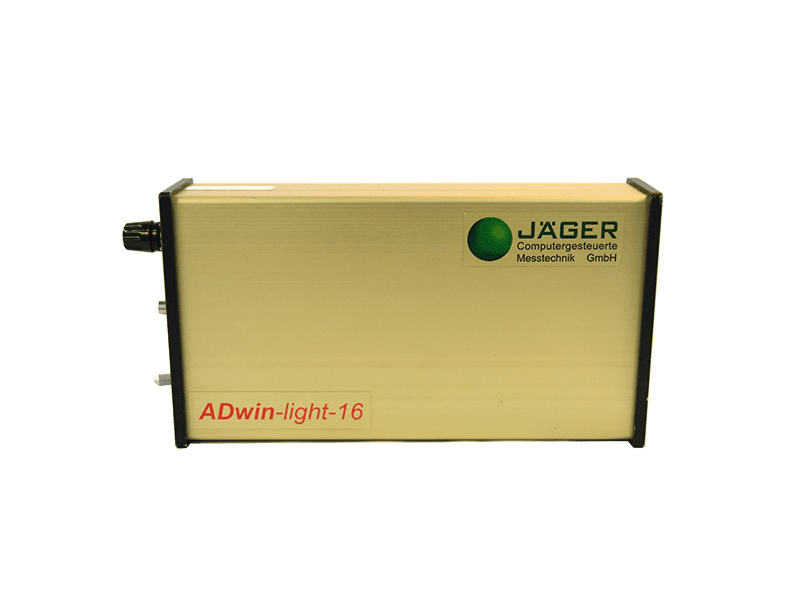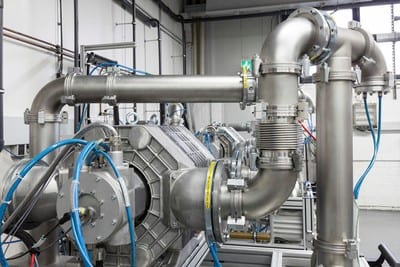Feedback Control Systems Are Ideal in a Wide Range of Industries

Closed-loop systems—electronic control systems which incorporate feedback–are a mainstay of modern manufacturing and R&D. As with many industrial control systems such as PLCs, the goal is to ensure a repeatable process. Whether you’re working on a research application, supervising/servicing an industrial process or supervising a whole plant’s operations, in our latest White Paper we detail some of the business benefits of accurate data acquisition and real time control.
What is a Closed-Loop System?
Closed-loop systems consist of any electronic control system which utilizes a feedback path for more precise control. That is to say, the process’s own output feeds data to its control system in order to self-optimize to the desired outcome. Feedback control systems also allow the process to operate fully independently, since its stronger control makes it less vulnerable to outside conditions. For this reason, closed-loop control is more popular than open-loop systems, with its ‘self-awareness’ allowing it to compensate for sudden changes which negatively impact the system performance.
The key difference between open loop and closed loop control systems is the presence of feedback signals to the controller. A process controller may be single-input single-output, SISO, or multiple-input multiple-ouput, MIMO. An open-loop controller does not utilize a feedback signal, whereas a closed loop does. Closed-loop systems rely on process output signals to reference against the desired set points and then adjust the control variables via PID controllers or other control methods.
However—also unlike an open-loop system—closed-loop systems are more difficult to tune in terms of the need to prevent overshoot and other costly control errors. To do this effectively, users need to equip the system with accurate sensors (for example using RTDs over thermocouples) and to make use of a data acquisition and control system. These devices can record the data in real time and then use that data as feedback to perform corrective control functions.
Responsive Control for ROI:

In order to collect data, monitor results, and control a given process, any closed-loop system has to rely on data collected from one or more sensors. Using sensor data, the system can take into account a portion of its own output to achieve a greater level of control. A closed-loop system gives users the advantage of fine-tuning, i.e. of choosing how much of this feedback to use for process correction. The chosen proportion of output to the input is the closed-loop gain. However, while configuring their systems, users should be sure to set limits on the amount of feedback incorporated, as this can cause the controller to overreact and disturb the process, possibly resulting in delays or damage.
By comparing this operational data against the intended level of output, you can lower the error value by correcting the process to come nearer to the set point on the next iteration.
This is also an effective way to ensure that the system auto-corrects, for example becoming operational again in the case of a serious deviation, just as a PID controller uses feedback to inform the process of its own error.
Accurate Sensors Provide Accurate Feedback
Closed-loop systems utilize at least one source of feedback to self-regulate processes. In order to ensure that your closed-loop system has accurate feedback to guide it in error correction, you’ll want to use sensors specified at a high accuracy, as determined by your individual data acquisition application.
 For example, if you simply want your system to maintain itself within a broad temperature window—say 40-85°F, then you might be fine using an inexpensive thermocouple to measure temperature. However, if your application is more complicated or demands a greater level of accuracy, you may need a more sensitive sensor such as a thermistor in this example.
For example, if you simply want your system to maintain itself within a broad temperature window—say 40-85°F, then you might be fine using an inexpensive thermocouple to measure temperature. However, if your application is more complicated or demands a greater level of accuracy, you may need a more sensitive sensor such as a thermistor in this example.
Example Closed-Loop System
Our example closed-loop system consists of a pair of RTD temperature sensors functioning as the system’s input sources, connected to a real-time controller which relies on feedback in the form of temperature data gathered from the RTDs. This two-input system continually monitors a boiler tank (with the sensors attached to its front and back) and automatically adjusts the boiler temperature to regulate the output and to help prevent the tank from damage.
Here we chose RTDs for their comparatively high accuracy, as opposed to a standard thermocouple. RTDs (resistance temperature detectors) consist of wire-wrapped cylinders which collect temperature data by sourcing a specific amount of current through their windings and sampling the resulting voltage. Using this, they calculate the resistance and then calculate the surrounding temperature.
As its controller, our system uses an ADwin-Light-16 data acquisition and control system. This real-time system is connected to both sensors and continually monitors their data for setpoint violations. Amplified by the ADwin controller, the error signal (given as either a positive or negative) is: Error = Ideal boiler temperature (72°F) – Current boiler temperature.
Whenever a sensor reading goes outside of the ADwin’s user-set 70°-75°F limit (the input reference), the ADwin’s control output corrects the error by sending a command to the PLC controlling the boiler to raise its temperature by 2 degrees Fahrenheit. This command is immediately acted upon before the next sensor reading to correct the process. In case of an emergency, the ADwin can also command the PLC to activate an audible alarm or to shut the boiler off.
For the duration of our manufacturing process, the ADwin continues to monitor the temperature sensors and to send commands at extremely high speed. In this way, accurate monitoring and real-time operation gives the benefit of responsive control in the form of sensor feedback.
Summary
Feedback control systems are an ideal way to achieve process optimization and repeatability for a wide range of industries. While being more complex and high-maintenance in their design, closed-loop control systems can function fully independently when they’re able to auto-control and maintain set points. By using accurate sensors and a real-time control system, your application can deliver the business benefits of the Internet of Things.
For further information on Data Acquisition and Control Systems or to find the ideal solution for your application-specific needs, contact a CAS Data Logger Application Specialist at (800) 956-4437 or request more information.
Photo source: https://commons.wikimedia.org/wiki/File:Conveyor_belt_at_the_dairy_plant_in_Volzhsky.jpg

